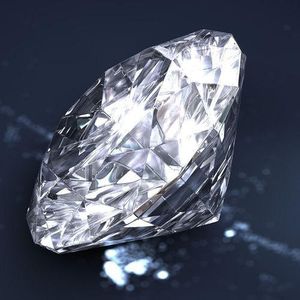Diamonds Regression Lab
This Lab is Under Construction
The size of a diamond can described by its dimensions (x, y, and z) and by its weight (usually expressed in carats). We are going to investigate the relationship between these two descriptions. Download the diamonds3K data, and view the codebook a larger data set, from which our data were randomly sampled (so they would fit reliably into StatCrunch).
The weight of a diamond is its volume times its density. As you might imagine, the shape of a diamond matters. If diamonds were cut as cylinders, the relationship between weight and dimensions would be:
weight = density*pi/4 * x*y*z.
If diamonds were cut as right-circular-cones this relationship would be
weight = density*pi/12 * x*y*z.
In both cases, the weight is a number (coefficient) times the product of the dimensions. The coefficient on x*y*z is the same for all diamonds of the same shape.
You are going to find this coefficient for "round cut" diamonds. Note the shape of different diamonds may be slightly different, depending on the diamond, so you should expect scatter in the data.
You want to find a formula that predicts weight in terms of x, y, and z (listed in a data set). Your formula would be very useful for a jeweler! Measuring the dimensions of a diamond is sometimes prone to error, and if a round cut diamond doesn't closely follow the formula, that would suggest to the jeweler that they should check that the diamond really has a proper round cut and check that the measurements have been performed correctly.
